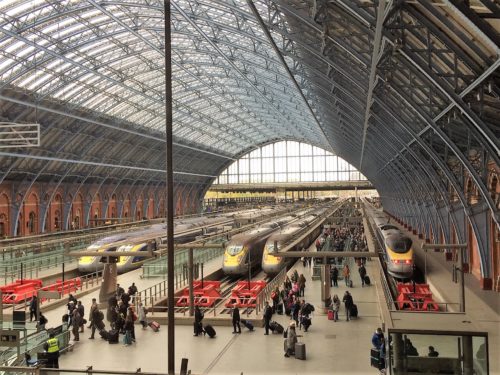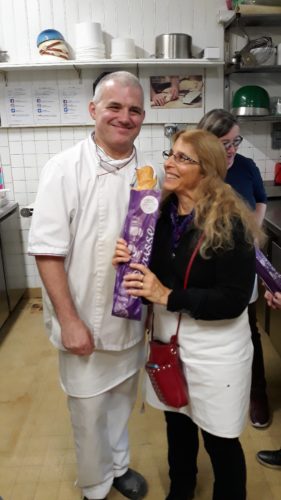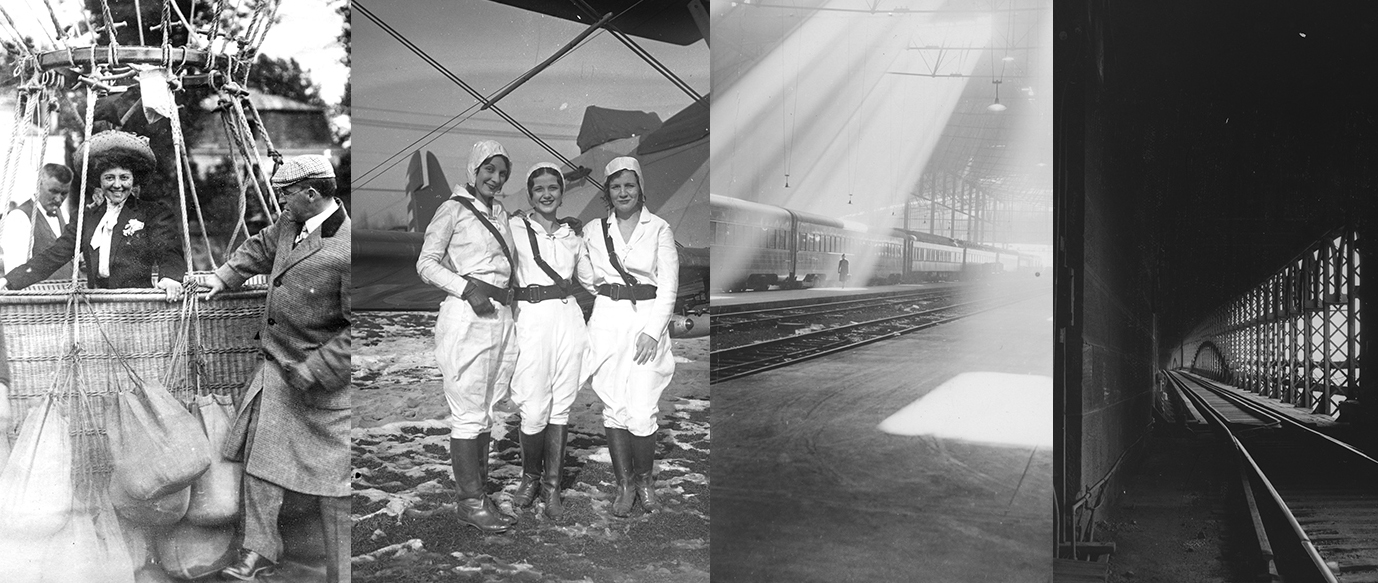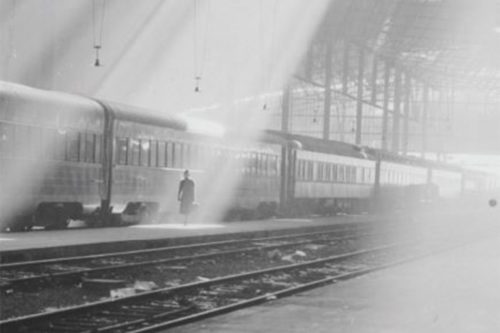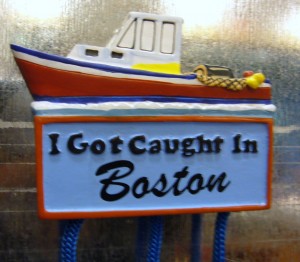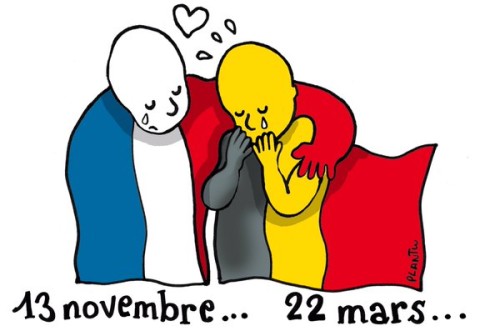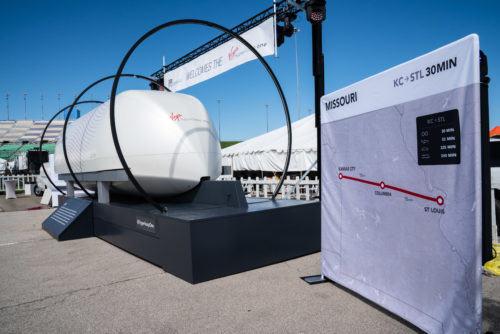
How hyperloop may change how and why we travel
(This post is a slightly different version of a story I wrote for CNBC)
Think of how well-traveled and eco-responsible you would be if you could economically zip between cities at speeds exceeding 700 miles per hour in a comfortable, carbon-neutral way.
Without going to the airport.
That’s the promise of hyperloop. The ground transportation technology envisions moving people (and, no doubt, cargo) between cities in pods or capsules traveling on magnetized tracks in vacuum tubes running above or below ground.
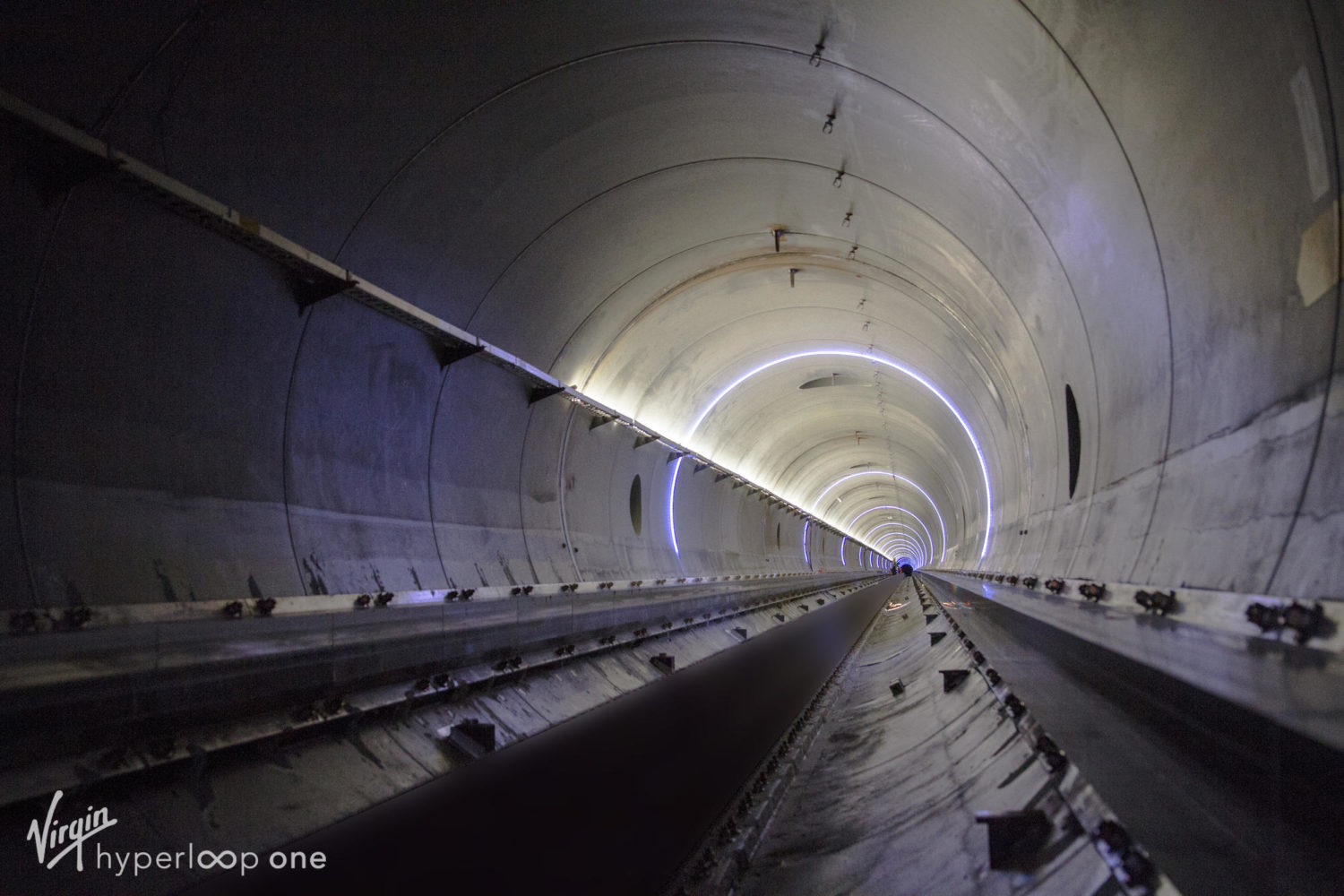
Could hyperloop happen?
For decades, hyperloop has been the stuff of science fiction. But advances in technology, and mounting frustration with existing transit modes, means hyperloop has gone from fantasy to likely fruition.
Getting hyperloop on the fast track is a goal embraced by the likes of entrepreneur Elon Musk, transportation technology companies such as Virgin Hyperloop One and Hyperloop Transportation Technologies and many cities around the world.
And while there are plenty of economic, technological, safety, regulatory, public policy and other hurdles to overcome, advocates believe hyperloop could truly revolutionize the way we travel by addressing many of today’s transportation hassles.
“My sense is that hyperloop will absolutely happen,” said Devin Liddell, principal futurist at Seattle-based design company Teague, “Think about the emerging traffic problems in some of biggest U.S. cities. Yuck. We need a new system like hyperloop because our present systems are terrible. This is a better solution.”
Where might hyperloop happen?
The first hyperloop system to carry passengers will likely be built in India or the United Arab Emirates. “We’re talking years, not decades,” said Ryan Kelly, spokesman for Virgin Hyperloop One, “And here in the US, the race is on to be the first state in the nation with hyperloop technology. Nine states are exploring hyperloop technology: Missouri, Texas, Colorado, Ohio, North Carolina, Pennsylvania, Washington, Indiana, and Oregon, in addition to Nevada, which hosts our test site.”
The North Central Texas Council of Governments has high hopes for hyperloop. “An RFP for the Fort Worth-to-Dallas high-speed transportation project is expected to go out in the next few weeks,” said council spokesman Brian Wilson, “Both high-speed rail and hyperloop technology will be examined as possibilities for this corridor.”
Public and private entities in Great Lakes Mega Region are working with Hyperloop Transportation Technologies (HTT) on a multi-state hyperloop project that would connect Chicago, Cleveland and Pittsburgh in less than an hour.
And in Kansas City, Missouri, where a hyperloop by Virgin Hyperloop One proposes to replace the four-hour drive between St. Louis and Kansas City with a 30-minute ride, city officials see hyperloop as transportation destiny.
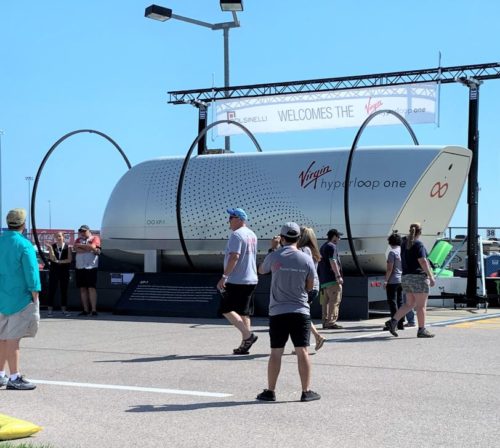
“Ever since covered wagons stopped here, resupplied and went west, we have always been a transportation hub,” said Ryan Weber, President and CEO of the KC Tech Council, “We have a major river system here. The highway interstate systems started here. Transportation has been a big part of our history, it’s a big part of our future. So hyperloop will flourish here.”
How will hyperloop happen?
Proponents envision hyperloop travel as being more affordable, much more convenient and far less stressful than many forms of existing travel.
For example, the autonomous systems could have different-sized cars or pods that operate on an on-demand basis, eliminating the need for a traveler to show up at a station at a prescribed time.
And because hyperloop vehicles will travel in tubes, weather delays would be avoided.
“Hyperloop also takes some of the great things of rail, such as getting us close to city centers, but adds the advantage of the speed of air travel,” said Teague’s Liddell.
And while passengers will spend far less time inside a hyperloop pod than most now do in airplanes, designers are already thinking about the hyperloop passenger experience.
“With Hyperloop we are aiming for the experience to be as entertaining or as productive as being in your own living room or your office,” said Dirk Ahlborn, chairman of Hyperloop Transportation Technologies.
HTT enlisted PriestmanGoode, a company known for designing aircraft cabin interiors, trains and small spaces to design a prototype hyperloop capsule. However, “When designing something as completely revolutionary as hyperloop, we consciously did not reference existing forms of transport to ensure that our thinking was clear and unrestrained,” said PriestmanGoode chairman Paul Priestman.
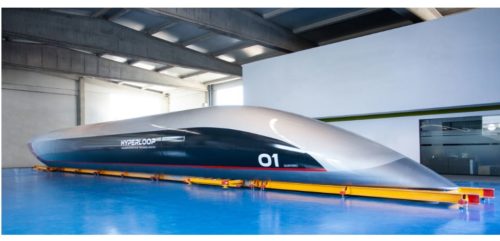
When cities are linked by hyperloop it may also change when and why people travel.
People could more easily work in one city but live in another. Or visit another city for dinner, a movie, a sports game a museum or a show.
“Hyperloop would bring jobs and economic benefits to linked cities,” said Ryan Weber of the KC Tech Council, who also notes that there’s likely to be a big tourism bump for whichever U.S. city begins selling tickets to a hyperloop ride first.
